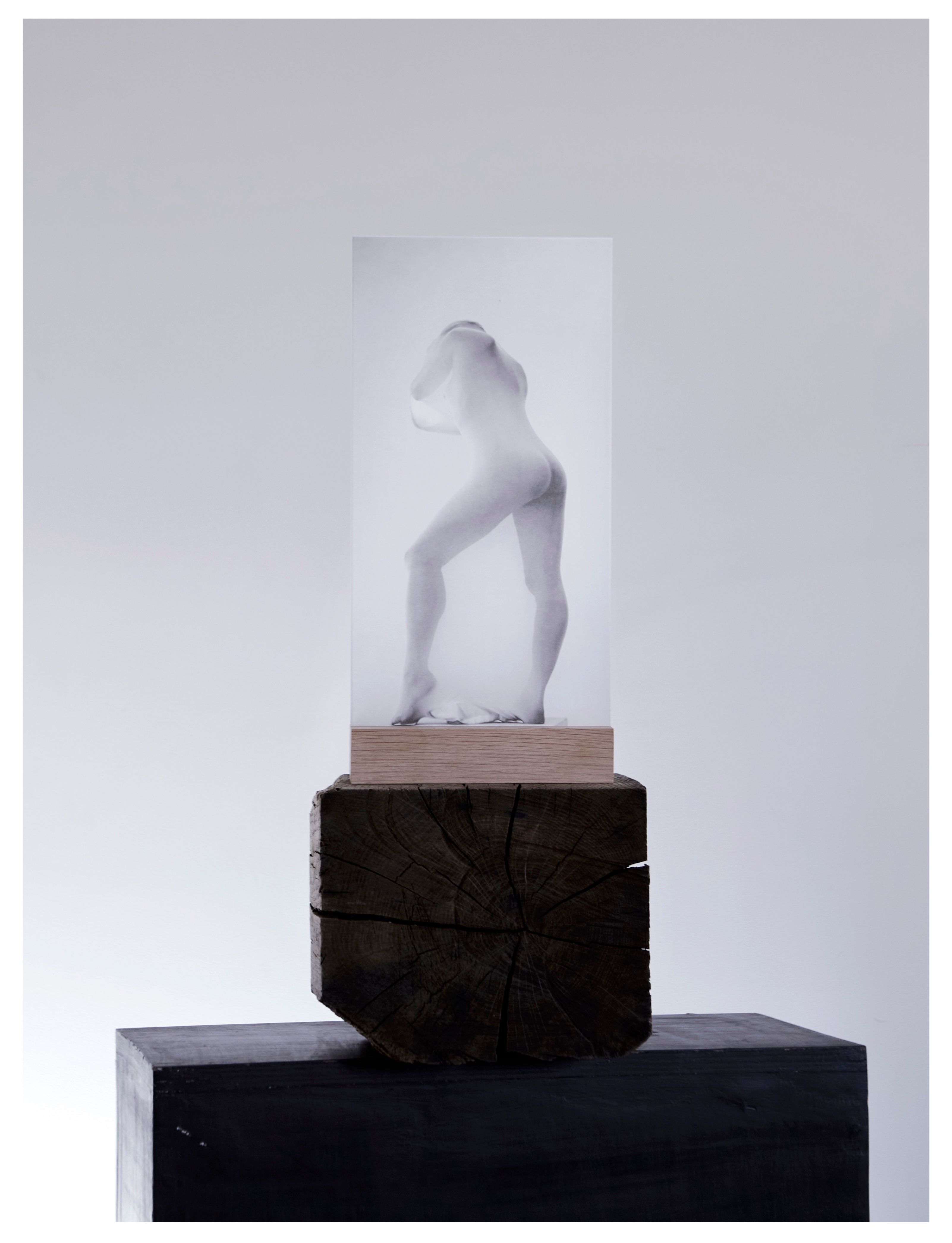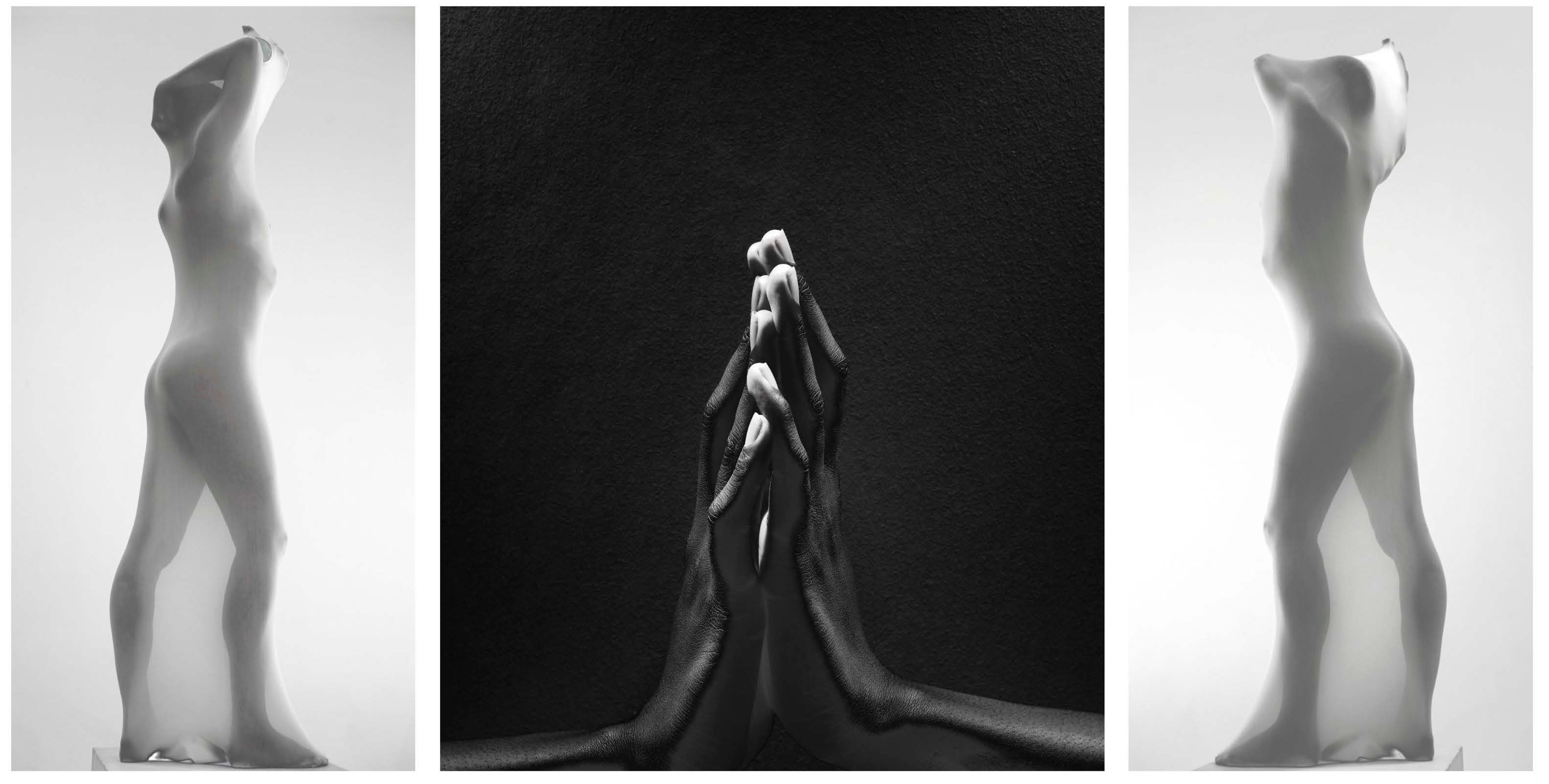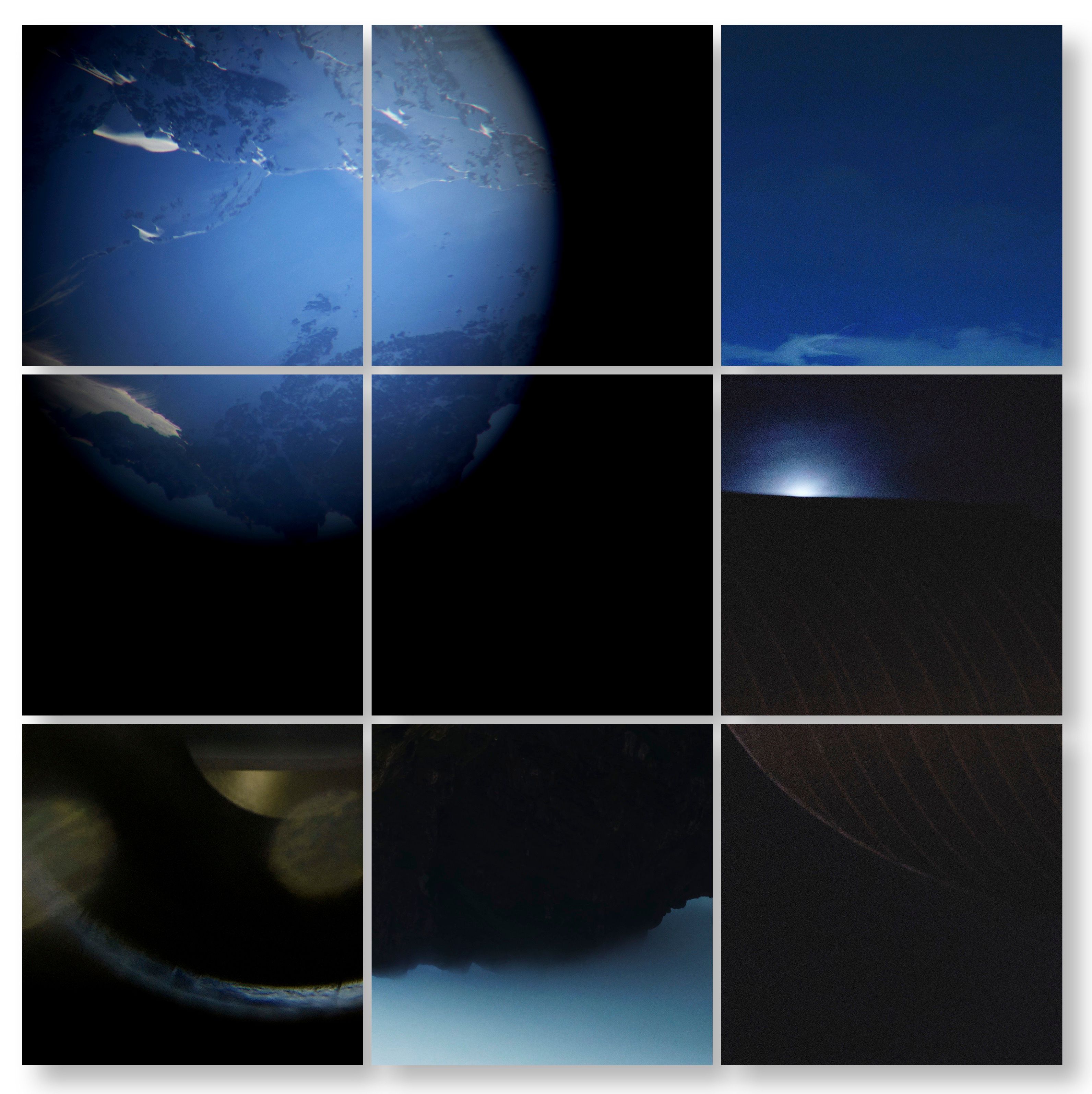
Linda Bujoli is a French artist and model whose work across photography, sculpture, and installation explores identity and self-actualisation, activating the imagination of the viewer in a playful yet meaningful game of perception designed to forward a sense of a deeper reality. Her unique photographic practice marries an elegant classicism with profound philosophical ideas about what it means to be alive and truly experience the world around us – inviting the viewer to transcend the limitations of the ego, and contemplate presence. All of her projects to date are ongoing propositions that examine the human animal from various different vantage points, Call To Light being perhaps her most well known, in which she shoots intimate portraits of her subjects against a background of glowing colour fields. Her latest series Amourlieu, recently exhibited in a private atelier in Paris, is no exception, presenting the human body as a landscape in seemingly genderless neo-classical poses that move toward abstraction. In this exclusive interview with Culture Collective, she presents key works from Amorlieu, gives us insight into her wider practice, and tells us why every single encounter we have in our lifetime is key to our personal evolution.
Talk to us about Amourlieu, what are you exploring in this latest series of works?
My latest work is about the dialogue of encounter, and focuses upon the physical body and the skin, which plays the primordial role of interface in any bodily relationship. The very first place is the body- your body takes you to your bedroom, it takes you to a museum, it takes you to a meeting – it is always your carriage and companion, and it is also home to the sensation of life. In a sense, your body is kind of your room, and I wanted to invite the viewer to kind of go inside that room and dive within the body to explore the source of the feeling of life, which always has its birth in encounter and reciprocity. And, what I mean by that is that the encounter that we have with the other is always the catalyst for feeling, emotion and dynamic change. In every single encounter you have with another entity – whether you encounter a landscape, a song, a human being, a bird, or whatever – that encounter will follow a link of attraction or repulsion, and if you find there is attraction, then there is obviously a reciprocity, which links you to ‘the other’ creating a kind of intangible dialogue – a dialogue via which you actually feel the presence of what you are encountering inside your own body; you feel the encounter in your home – your body, your first place.

Do you think that profound sense of experiencing the presence of another person is being lost in an increasingly digital world?
In these days, with the web and all this mass information and connection, I do find myself asking where is that reciprocity; where is the love? I think that encounters of a certain kind can certainly happen in a digital realm, but the virtual encounter is less true somehow, mainly because when you are in that realm you tend to start to create a fiction of yourself, or a false narrative of your identity. I have experimented with relationships on virtual platforms, and it was interesting, because in the beginning it felt good to feel the presence of another, even if it was only virtual, but after some time, I found that I paid a price for that kind of encounter, and I decided to shut it down. I realised that I was living in, or indulging, my own fiction in the virtual space, and getting further away from that fundamental physical anchorage of the face-to-face encounter. And, of course, it is that face-to-face or vis-à-vis encounter that my ongoing portraiture series Call To Light is all about – an attempt to be really aware in the moment of a dialogue between myself and the other.

Would you say that sense of deep connection is a thread in all of your work?
Yes. It’s key for me in all my work to be attentive to this feeling of absolute presence in the moment that exists inside of the encounter. I am very inspired by the ideas of the existentialist philosopher Gabriel Marcel who suggests that the awareness of the presence of the other renews us internally. I really believe that, and the thing is that in these days, we are living in a world where we are constantly receiving so much information, and all kinds of digital communication, and people are no longer paying attention to density, or really receiving presence in the act of encounter – a very simple example can be seen in music, because people are no longer listening to the totality of an album. I believe, because of that distraction, we are losing the density of the relationship we should have to the other. The world is going much faster all the time, and the pace of progress is having a direct impact on the human being, making us far less attentive – I fear that we do not go in-depth, and into the source any longer. All of my work is kind of intended to bring us back to that deeper sense of encounter – the title of my latest series Amourlieu is actually kind of a mantra when pronounced in French, which is meant to invoke that sense of meditation.

What would you say you are inviting the viewer to meditate upon?
Essentially, I am trying to show, or explore, the psychological process of individuation, with the body being presented in transformation and flux. There are five nudes of human body in the Amourlieu series, and each body proposes a posture that invites various interpretations. It’s first and foremost a spiritual proposal and the nudes are like allegories for that ways in which we are constructing our selves in this constant process of individuation through the openness of the encounter. When you meet someone you are not the only one in your body any longer, you feel the presence of another, and that presence rubs off on you, moving that process of individuation forward. It’s like facing yourself in the mirror somehow – the encounter is shaping you. The bodies are presented looking like mountains, because what I am really trying to say is that life is all about these encounters and there is no summit. There is no summit or point of completion to reach in the process of individuation, because when you climb a mountain you reach a summit, and then what? What is next?Being a truly conscious human being is about recognising this constant cycle - it is all about time being a series of moments, or instants.

Your previous series Un Tableau pour Rêver (A Tableau For Dreams) also had a meditative aspect – can you tell us what that shares in common conceptually with the new work?
A Tableau For Dreams is also about the importance of encounter, but is more focused on the construction of the imagination, and it seeks to underline that we all have our subjective point of view. The images are presented in a modular fresco, as kind of fragments of reality that the viewer can then shape as they wish. I am really trying to unlock my viewer in this work and ask them to compose what they feel from the images presented, and change the work as they wish. If you own enough pieces, you can change the order infinitely, and that reveals the way in which we all have our own perception that we bring when we encounter a work of art. It really opens up the doors of the imagination, and brings my viewer into a meditation state. In general, I think my work is quite metaphysical. When you face the work, there are many interpretations, of course, but you are very much invited to be present in your own encounter with what is being presented – that sensation we feel in the act of encounter, if we really pay attention to it, always reveals something within us.
To find out more about Linda Bujoli visit here
Images from AmourlIeu and A Tableau For Dreams